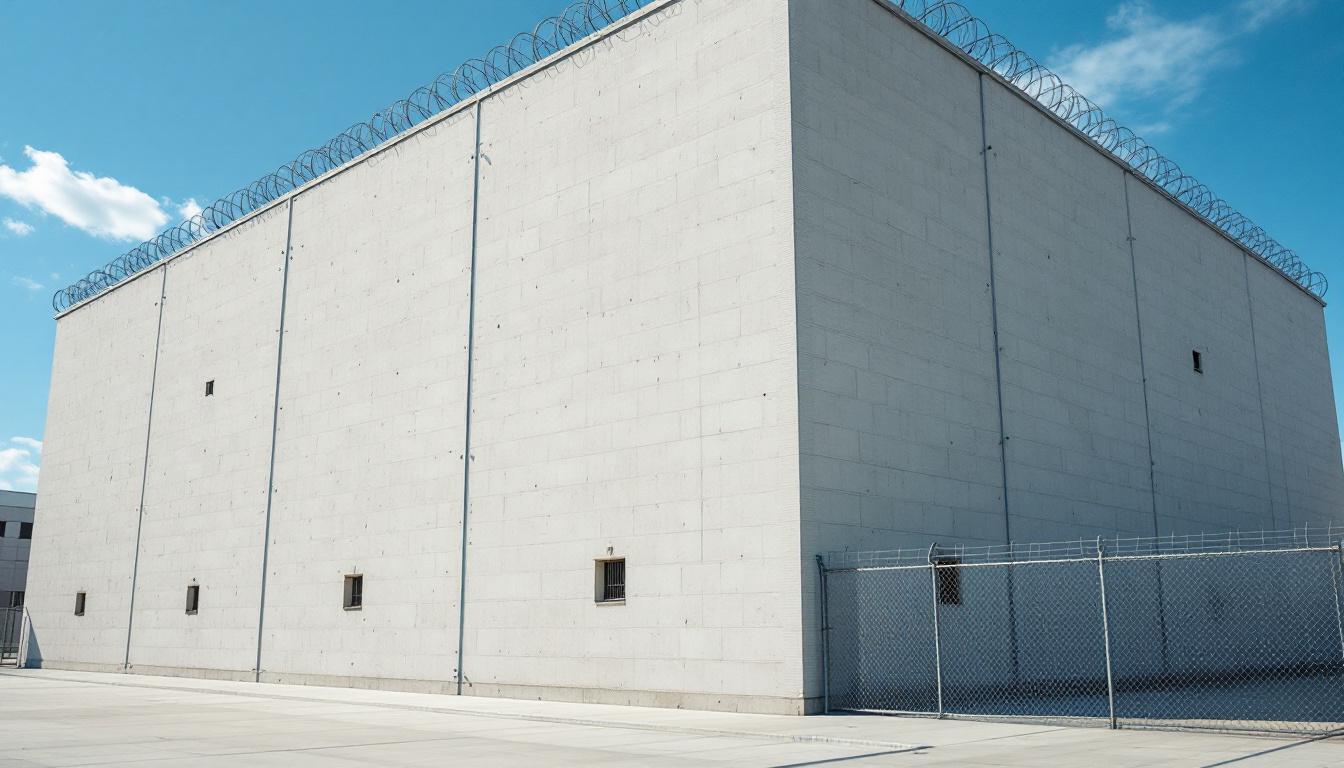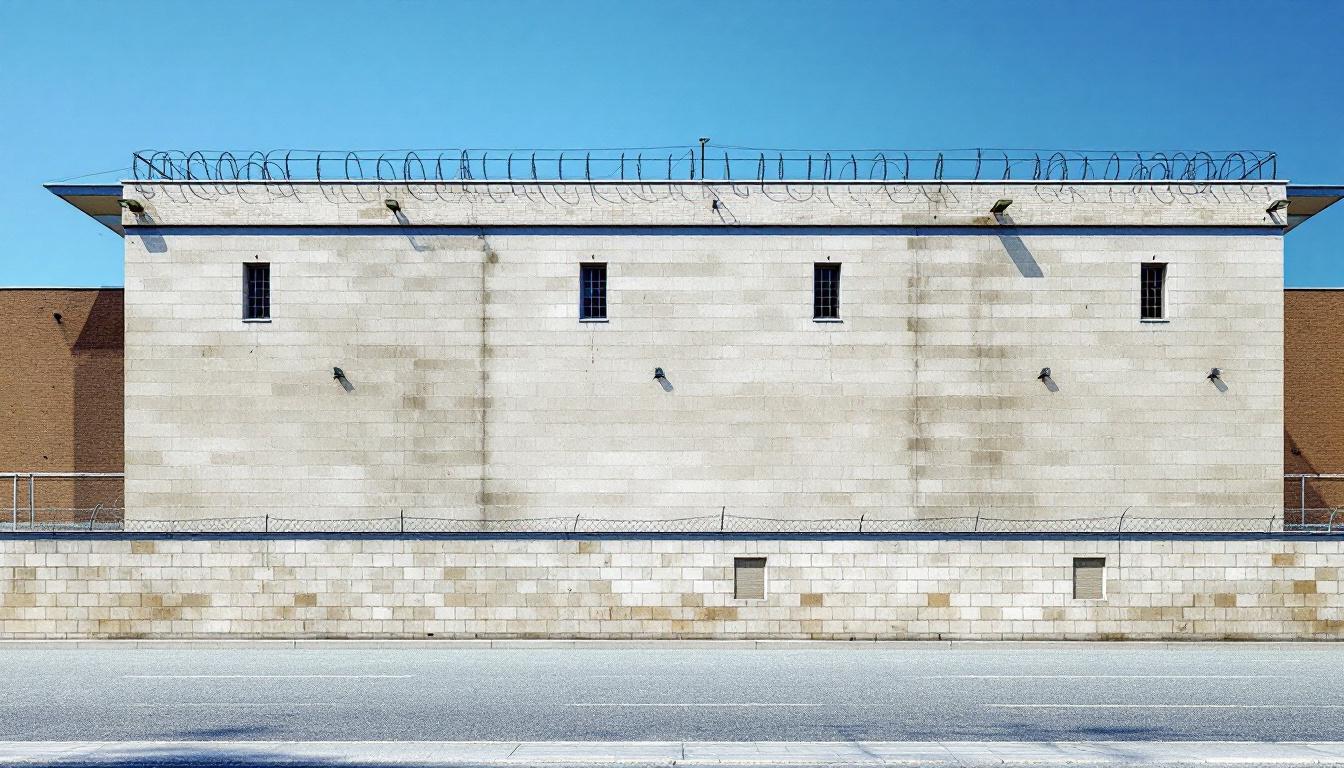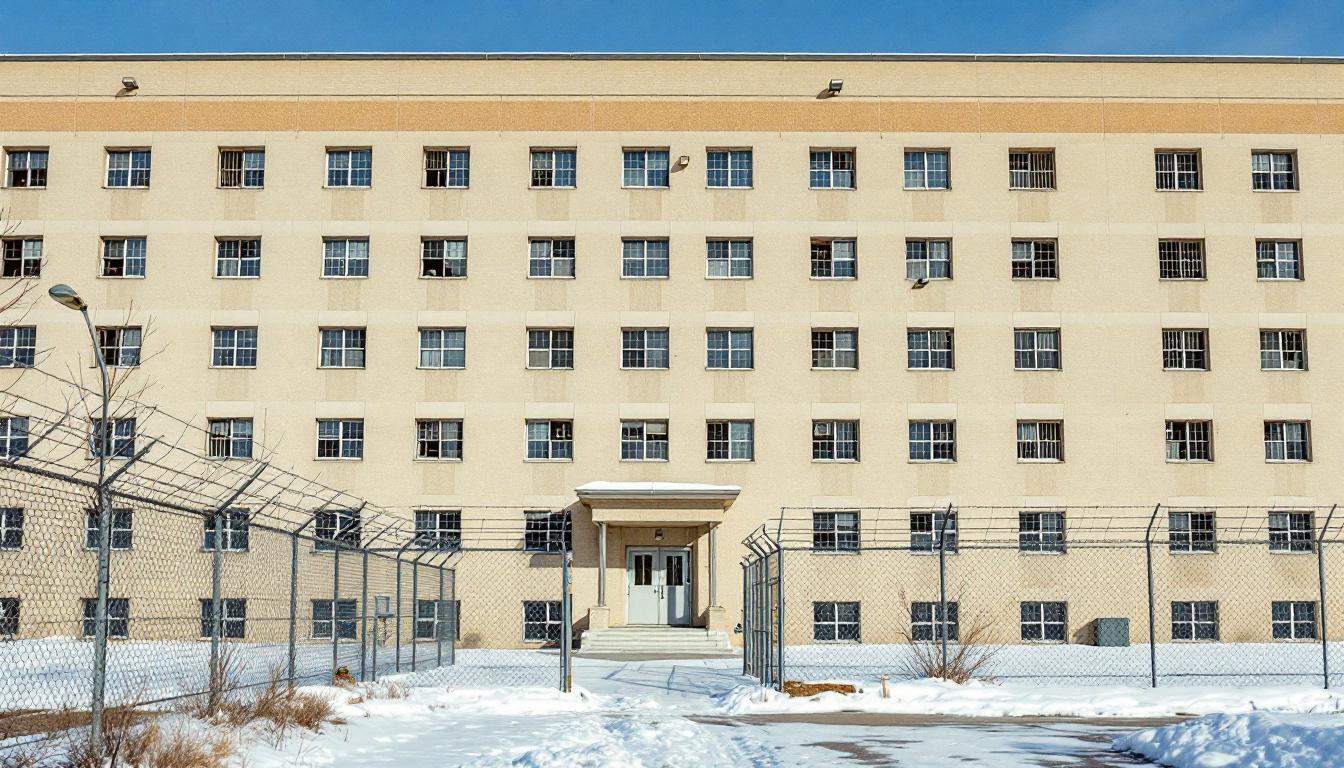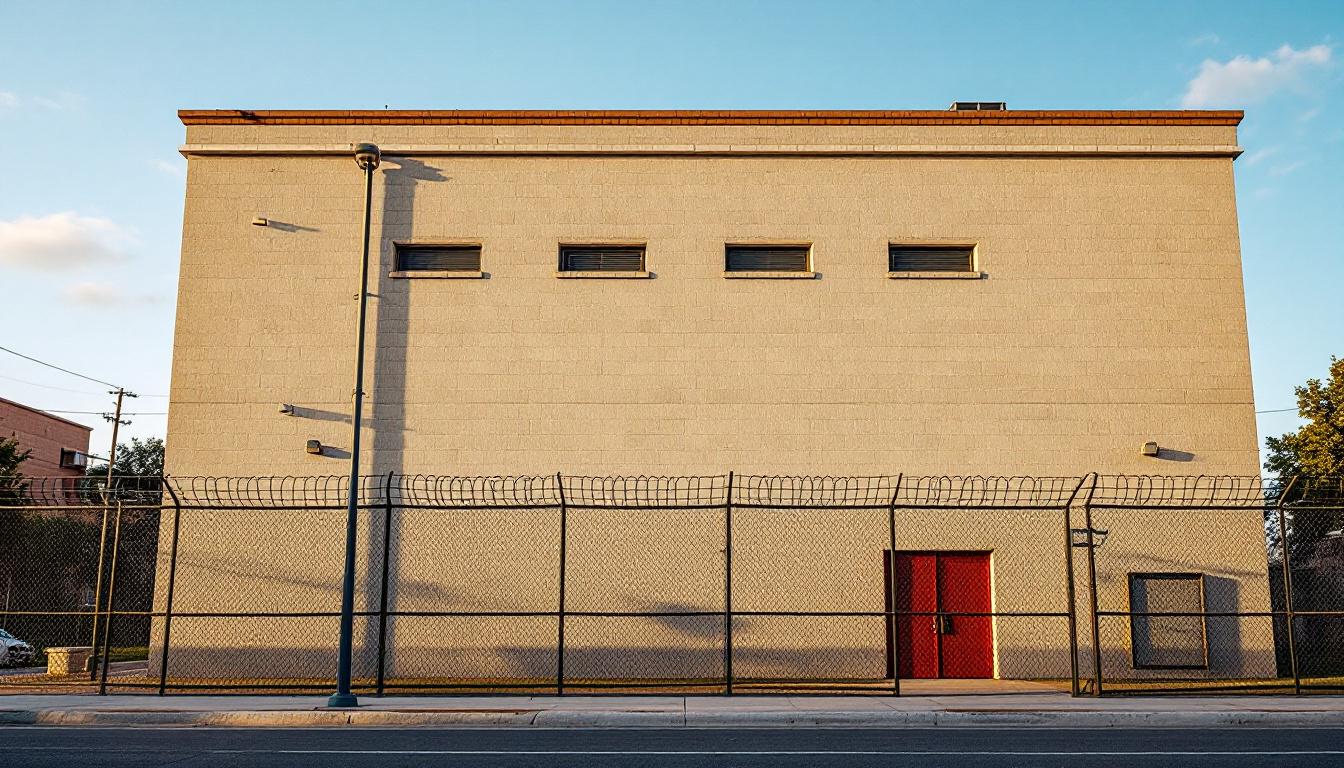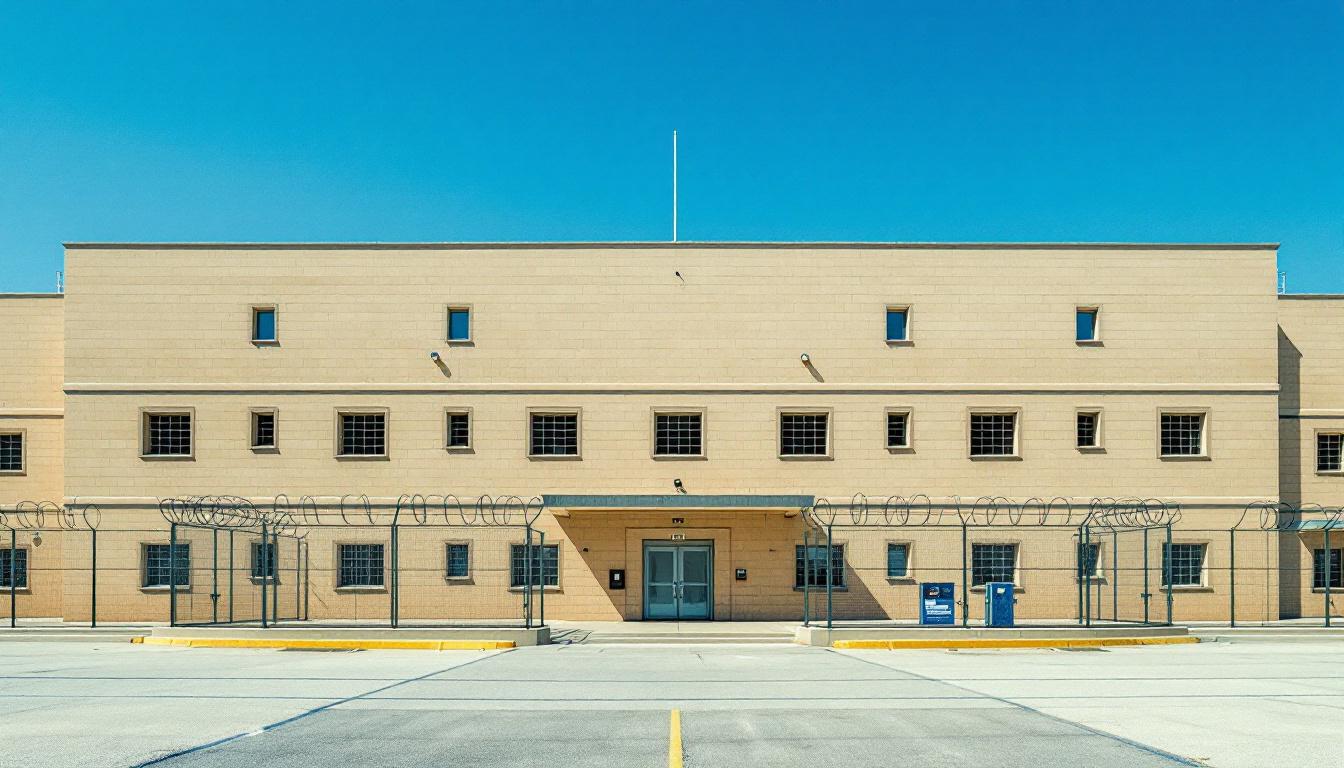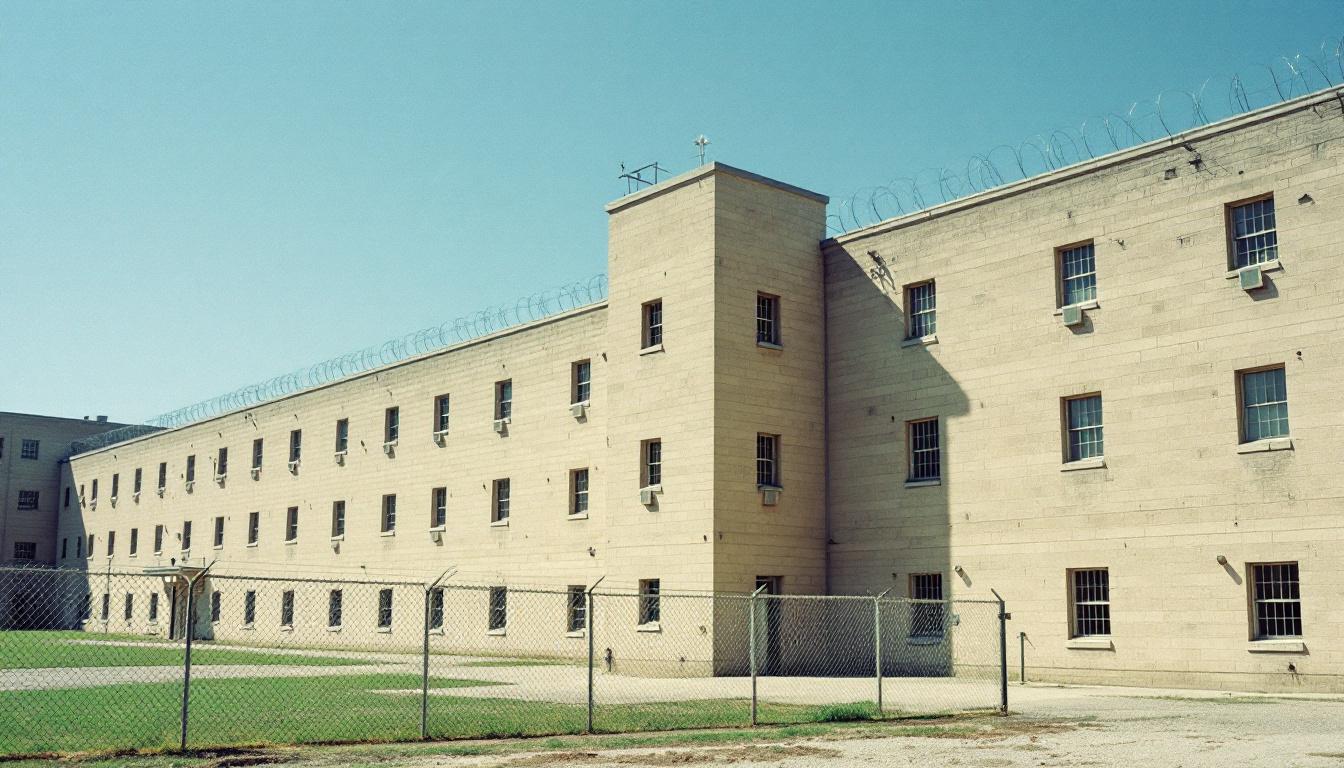
Quick Navigation
How to contact an inmate at County Jail
This comprehensive guide will walk you through how to connect with an inmate at County Jail. Follow the steps below to find an inmate and send letters and photos:
- Search for the inmate using our search tool below
- Create your account or log in to Penmate
- Write your message (up to 6,000 characters)
- Send instantly - inmates receive printed copies daily
Find an Inmate
Search for an inmate to start communicating today
Tip: You can search by first name, last name, or inmate ID number
To contact a person at County Jail start by searching for the person on the official facility website. Perform a search by following these steps:
- Step 1: Enter their first name and last name into the search form and click "Search"
- Step 2: Locate their inmate record
- Step 3: Write down their Inmate ID and any housing information provided
Important! Be sure to enter the person's full name. Nicknames should not be used.
How to Send Messages to Inmates

You can use your phone or computer to send emails, letters, and photos to an inmate. Messages are sent electronically to inmate tablets or kiosks at the facility. If you would like to send a message, start by searching for an inmate at County Jail.
Sending Photos and Postcards

A great way to send love and support to a loved one at County Jail is to send photos and postcards. It only takes a few minutes to send photos from your phone and it makes a huge difference. You can also mail postcards with words of support and inspiration, or design your own postcard for special moments like birthdays and holidays.
Important! Be sure not to send any explicit photos or they may not be approved by the facility. You can also use a photo printing app like Penmate to make sure your photos are printed at the correct size (4x6 or 3x5) and are mailed according to the rules and regulations of County Jail.
Frequently asked questions about County Jail
-
How long does it take to deliver a message?
If you're sending an email message your letter is usually delivered within 24-48 hours. For messages sent via mail you should expect delivery within 3-7 days. All messages will need be approved by County Jail.
-
How much does it cost to send a message to County Jail?
You can send a message free using your phone or mail a message via USPS for the price of a $0.60 stamp and envelope. You can also purchase credits or e-stamps from services starting at $1.99.
-
What services can I use to contact an inmate at County Jail?
Penmate
You can use Penmate to send letters and photos to an inmate from your phone. It's an easy way to stay in touch during your loved one's incarceration. Use the inmate locator to find an inmate's location and contact information, then you can send messages within a few minutes.
Securus messaging
Securus may be another option for communicating with an inmate at County Jail. You can create a friends and family account and purchase credits to send messages. All messages will be reviewed and must be approved by the facility.
JPay
Some county jails and state prisons may support sending messages with JPay. You must register an account with the system, find your loved one, and purchase stamps to send messages. For some locations you can also attach photos.
Smart Jail Mail
You may also check if Smart Jail Mail is available at County Jail. Smart Jail Mail is operated by Smart Communications and has contracted with some state and county jails. After purchasing credits, your messages and photos are sent to the facility, printed out, and then handed out to your loved one.
-
What is the mailing address of County Jail?
Mailing address:
County Jail
1036 SE Douglas Ave
Roseburg, OR 97470
Phone: (541) 440-4440 -
What are the visiting hours at County Jail?
Visiting hours at County Jail vary by housing unit and security level. Generally, visits are scheduled on weekends and holidays, with some facilities offering weekday visits. Contact the facility directly at (541) 440-4440 or check their website for the current visiting schedule. Visits typically last 30-60 minutes and must be scheduled in advance.
-
What items are prohibited when sending mail to County Jail?
Prohibited items typically include: cash, personal checks, stamps, stickers, glitter, glue, tape, staples, paperclips, polaroid photos, musical or blank greeting cards, hardcover books, magazines with staples, and any items containing metal or electronics. Only send letters on plain white paper with blue or black ink. Photos must be printed on regular photo paper (no Polaroids). Always check with County Jail for their specific mail policies.
-
How do I send money to an inmate at County Jail?
You can send money to an inmate at County Jail through several methods: 1) Online using JPay, Access Corrections, or the facility's approved vendor, 2) Money orders mailed directly to the facility with the inmate's name and ID number, 3) Kiosks located in the facility lobby, or 4) Over the phone using a credit or debit card. Fees vary by method, typically ranging from $2.95 to $11.95 per transaction.
-
Can I schedule a video visit with an inmate at County Jail?
Many facilities now offer video visitation as an alternative to in-person visits. At County Jail, video visits may be available through services like Penmate, Securus Video Connect, GTL, or ICSolutions. Video visits typically cost $10-20 for 20-30 minutes and must be scheduled in advance. You'll need a computer or smartphone with a camera and reliable internet connection. Contact the facility for their specific video visitation policies and approved vendors.
-
What identification do I need to visit an inmate at County Jail?
All visitors must present valid government-issued photo identification such as a driver's license, state ID, passport, or military ID. Minors must be accompanied by a parent or legal guardian who can provide the minor's birth certificate. Some facilities require visitors to be on the inmate's approved visitation list, which may require a background check. Contact County Jail for specific ID requirements and visitor approval procedures.
-
How can I find out an inmate's release date?
To find an inmate's release date at County Jail, you can: 1) Use the online inmate search tool if available, 2) Call the facility's records department, 3) Contact the inmate's case manager or counselor, or 4) Have the inmate provide this information during a call or visit. For privacy reasons, some facilities only release this information to immediate family members.
Facility Overview
Official Website

About County Jail
Educational programs, vocational training opportunities, and mental health support services form the foundation of what Douglas County Jail provides to individuals within its custody in Roseburg, Oregon. Rather than operating solely as a detention center, this OR correctional facility emphasizes collaborative approaches that connect incarcerated individuals with community resources and prepare them for successful reintegration into Douglas County neighborhoods.
Serving the greater Roseburg area within Oregon's Pacific region, the facility typically works alongside local organizations, educational institutions, and healthcare providers to address the diverse needs of its population. County jail operations often include substance abuse counseling, job readiness training, and educational advancement programs that may range from basic literacy to GED preparation. The collaborative approach extends to family support services, which generally facilitate communication between individuals and their loved ones throughout the surrounding communities.
Located in the heart of Douglas County, this correctional facility functions as an integral component of the region's justice system while maintaining connections to Roseburg's broader social service network. Rehabilitation efforts may encompass various therapeutic programs, life skills development, and pre-release planning that aims to reduce recidivism and strengthen community safety. The facility's community-centered philosophy typically emphasizes accountability alongside personal growth, recognizing that successful outcomes depend on partnerships between correctional staff, local agencies, and the individuals themselves as they work toward positive change.
Programs & Services
Recognizing that meaningful reentry begins during incarceration, the comprehensive array of opportunities at Douglas County Jail typically emphasizes skill development and personal growth through structured programming. The facility's approach to rehabilitation often encompasses multiple dimensions of individual development, acknowledging that successful community reintegration requires both practical competencies and enhanced cognitive frameworks. This multifaceted philosophy may guide the delivery of services designed to address various aspects of personal and professional preparedness.
Educational and vocational opportunities frequently form the cornerstone of the facility's comprehensive programming structure. Education services may provide individuals with pathways to academic advancement, often including literacy enhancement and credential completion programs that support long-term career objectives. Furthermore, specialized vocational training in automotive repair typically offers hands-on experience with industry-standard equipment and techniques, potentially equipping participants with marketable skills that align with regional employment opportunities and economic demands.
The facility's support services often extend beyond traditional educational models to encompass therapeutic and behavioral interventions designed to foster personal transformation. Cognitive behavioral programs may assist individuals in developing enhanced decision-making capabilities and emotional regulation strategies, while conflict resolution training typically focuses on constructive communication techniques and interpersonal problem-solving skills. Furthermore, time management opportunities often complement these offerings by helping participants develop organizational competencies and goal-setting frameworks essential for successful community reintegration and sustained personal growth.
Daily Life & Visitation
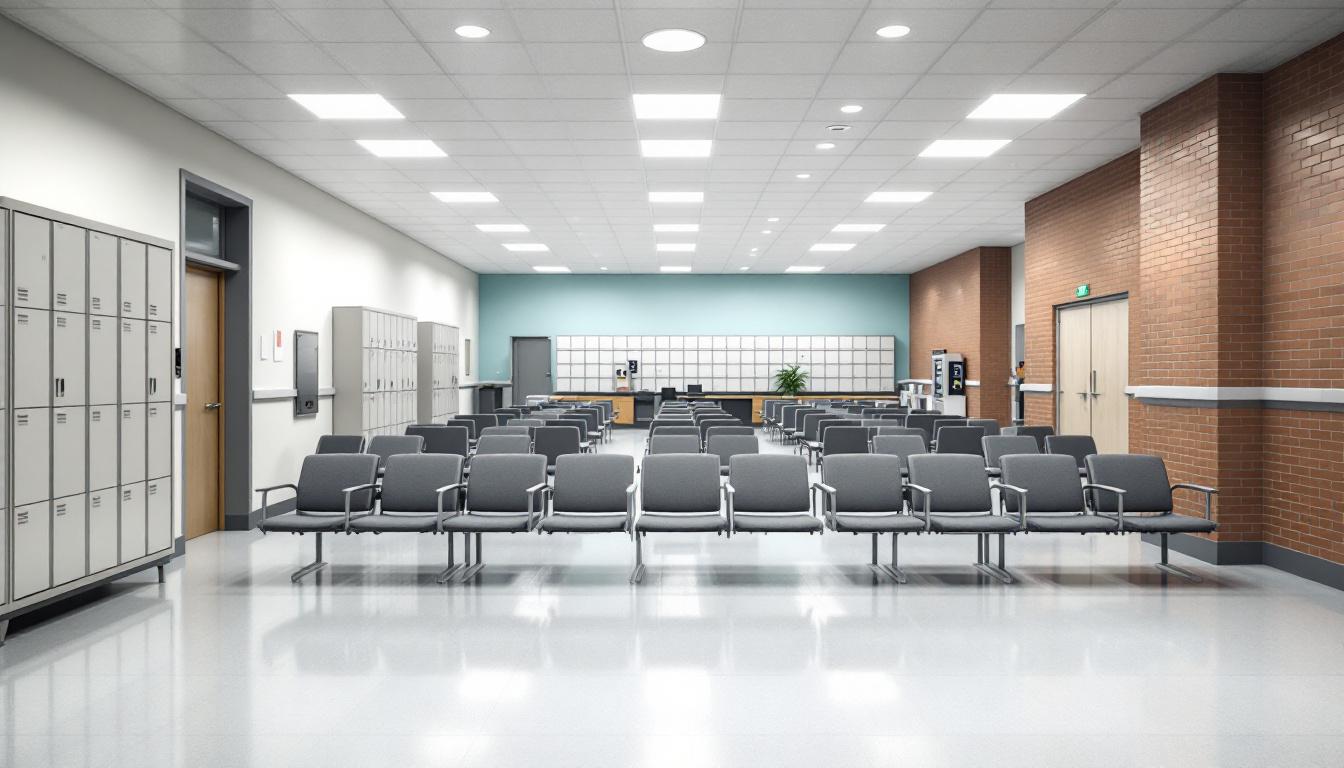
The rhythmic sound of meal carts rolling through corridors marks one of the most anticipated moments in each day's carefully structured schedule. Daily routines at the facility currently begin in the early morning hours with count procedures and continue to follow a predictable pattern that helps individuals maintain stability during their time in custody. Wake-up typically occurs before dawn, followed by personal hygiene time, breakfast service, and the beginning of various programming activities that may include educational classes, substance abuse counseling, or work assignments within the facility.
Living accommodations generally consist of shared housing units where individuals are assigned based on classification levels, with each person typically provided basic bedding, personal hygiene items, and limited storage space for approved personal property. The facility usually maintains different housing areas to separate individuals based on security classifications and specific needs, while common areas often include dayrooms with television access and tables for meals, card games, or reading. Furthermore, individuals may access commissary services periodically to purchase additional food items, hygiene products, and writing materials, though these purchases are typically subject to spending limits and security approval processes.
Although daily schedules can vary depending on housing assignments and individual circumstances, recreational opportunities often include outdoor exercise periods when weather permits, indoor fitness activities, and access to library materials or educational programming. Visitation policies generally allow family members and approved visitors to maintain contact through scheduled in-person visits, video calling systems, or telephone communications, though these interactions typically operate within specific time frames and security guidelines. Work assignments within the facility may offer individuals opportunities to assist with food service, laundry operations, or facility maintenance tasks, providing both structure and the possibility of earning small amounts of money for commissary purchases while developing job skills that could prove valuable upon release.
Ready to Connect?
Start communicating with your loved one today
Search for an Inmate
